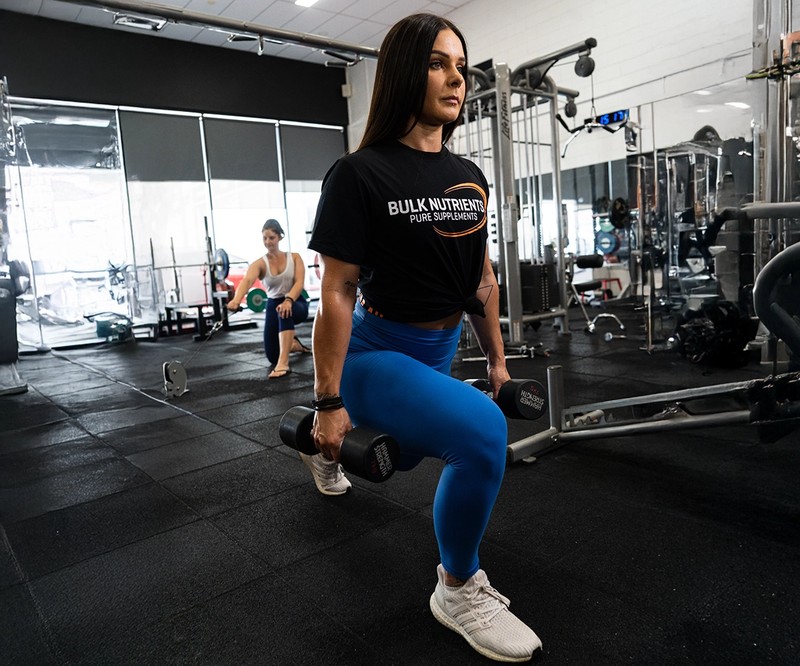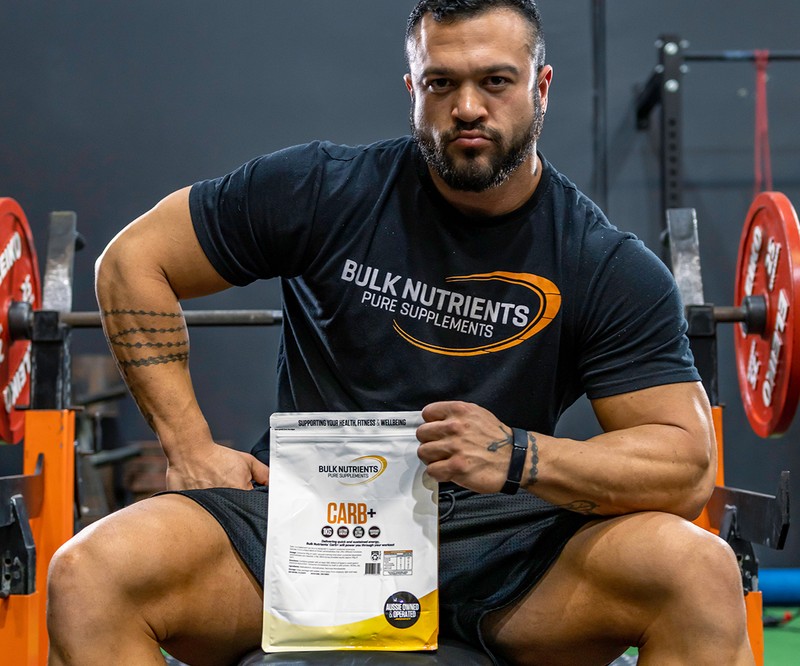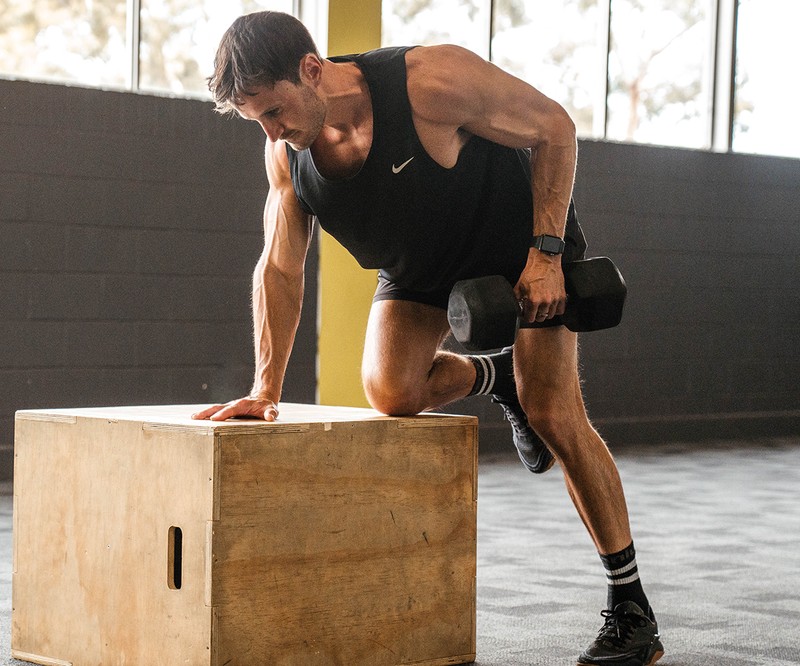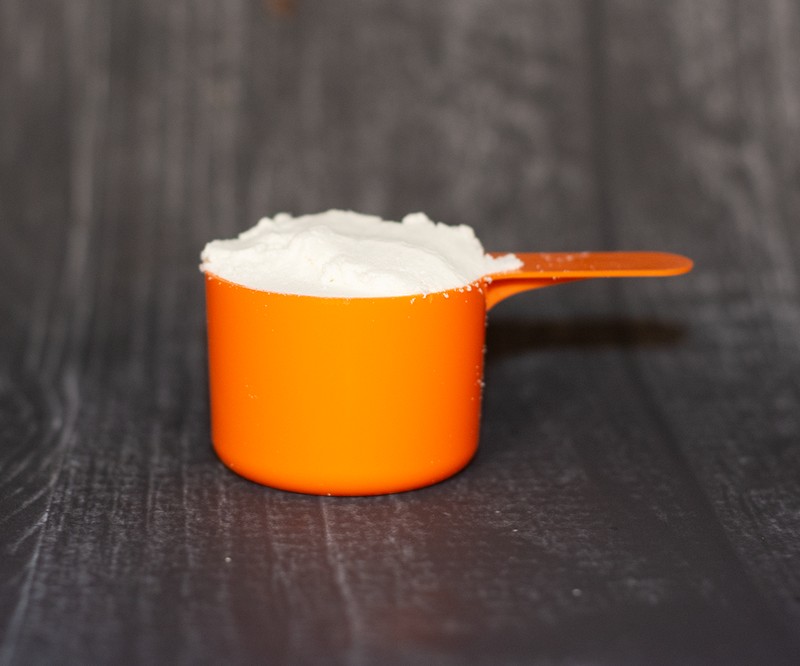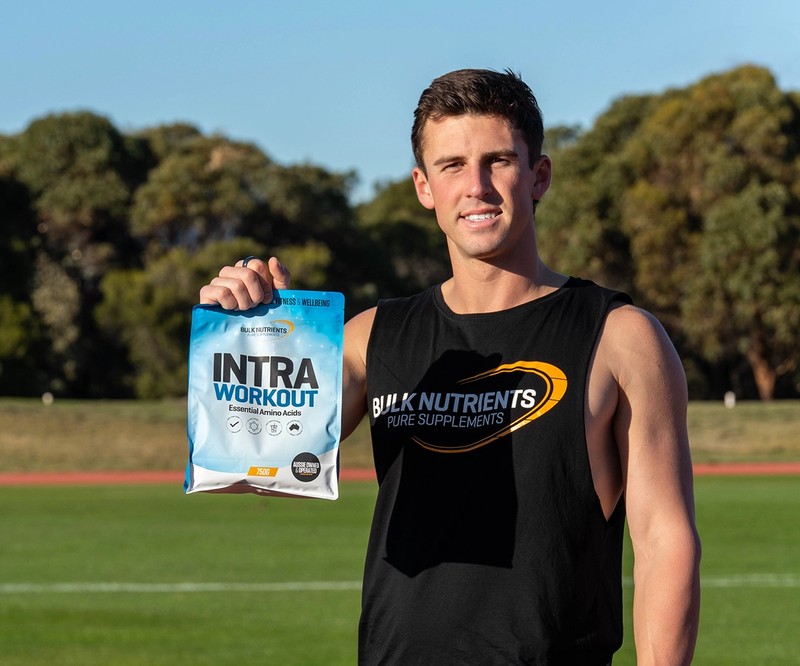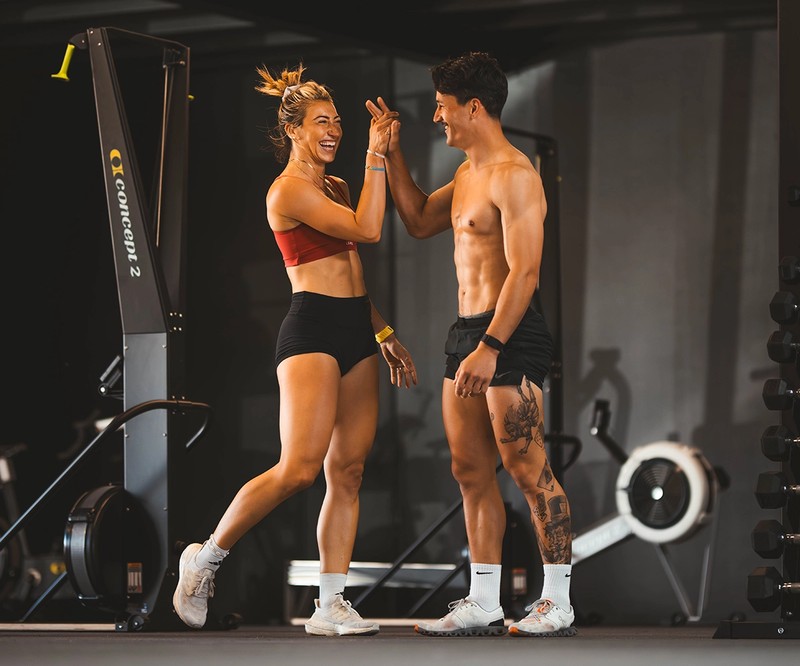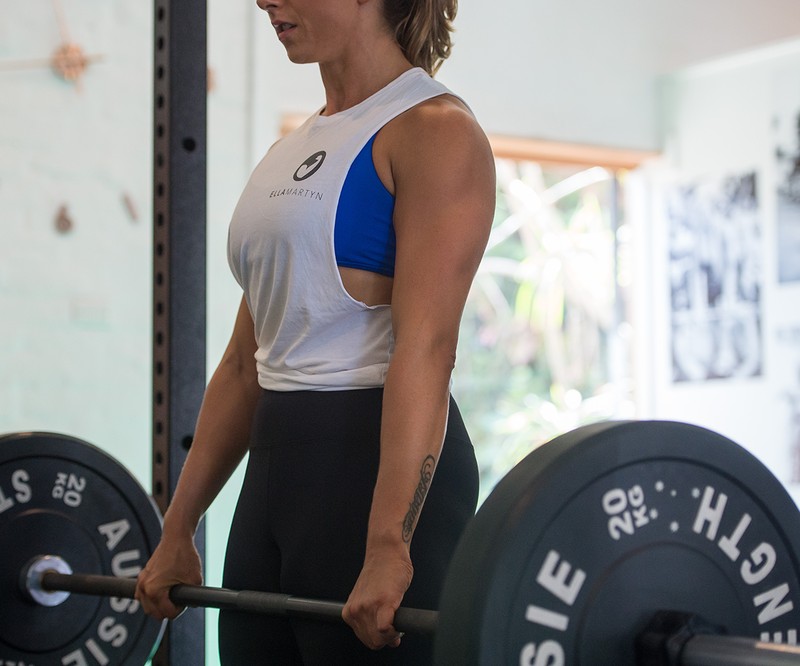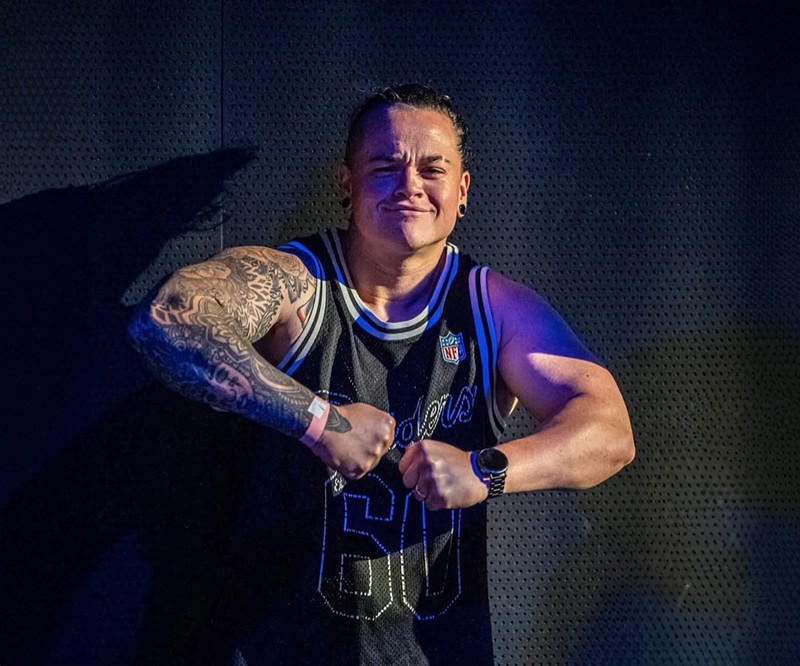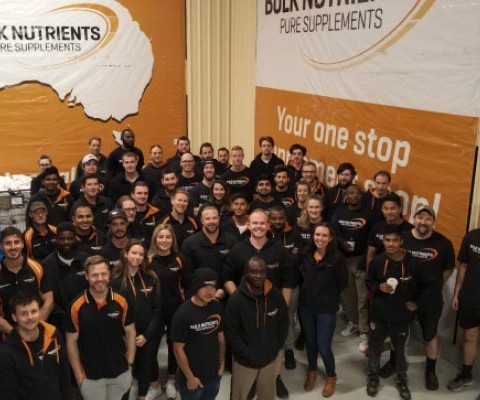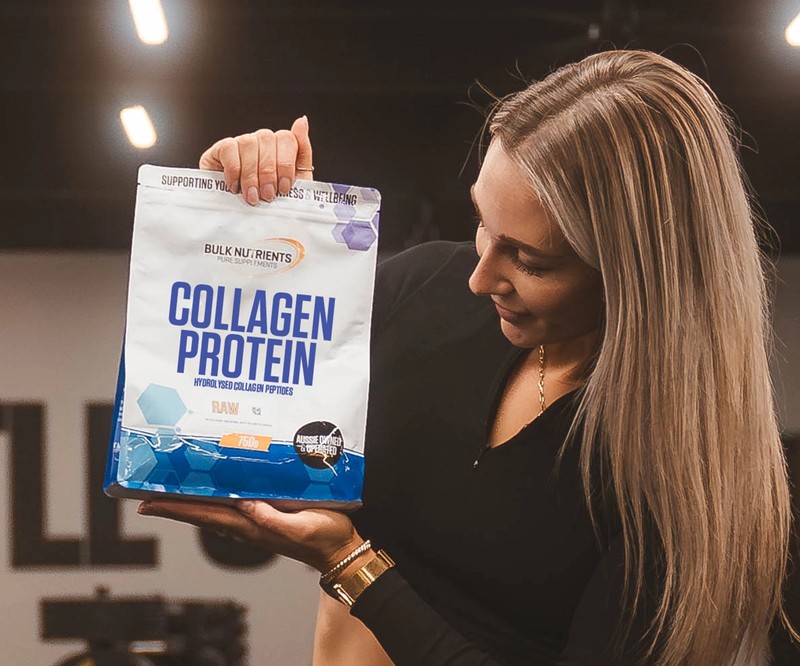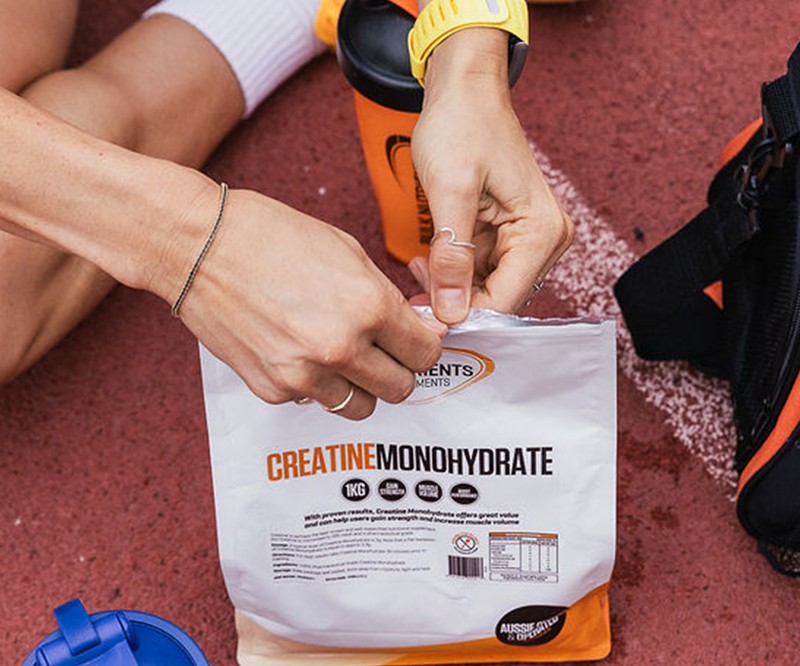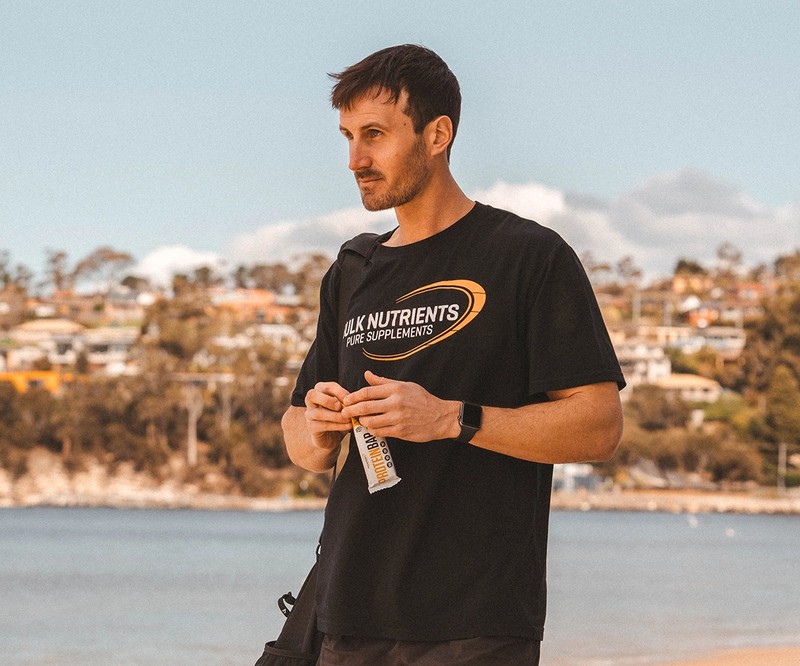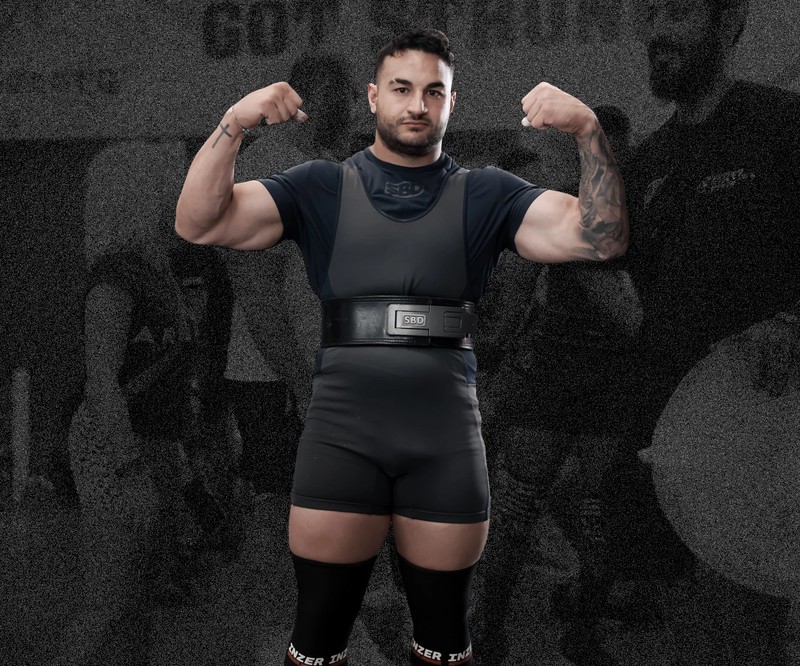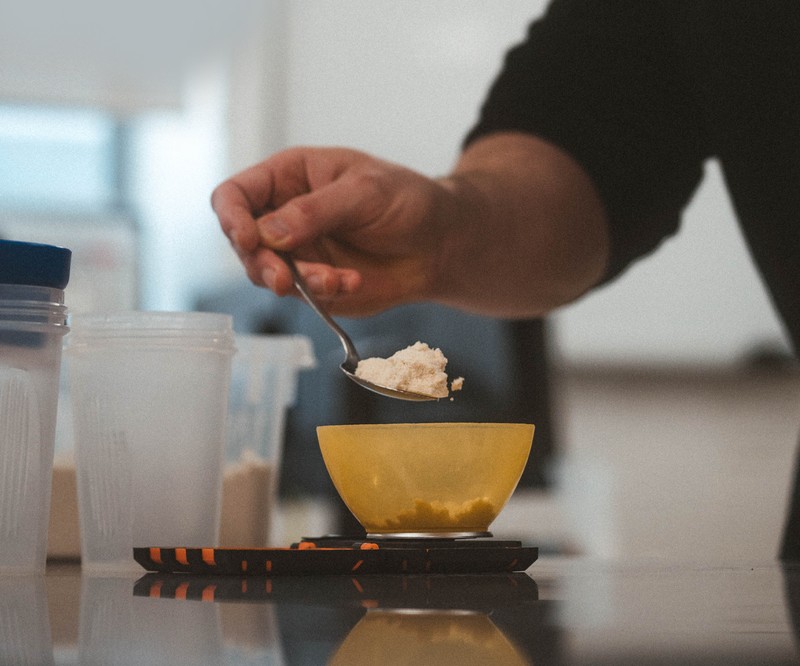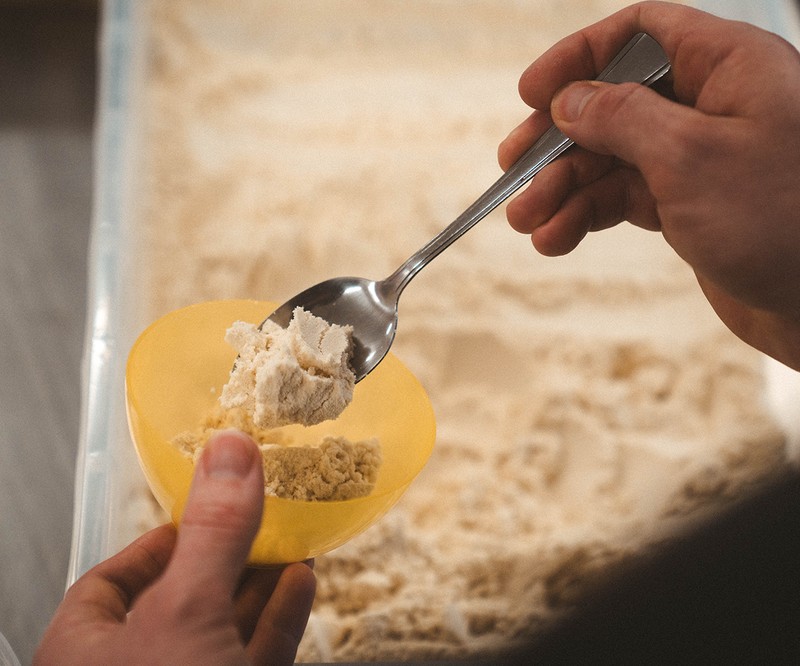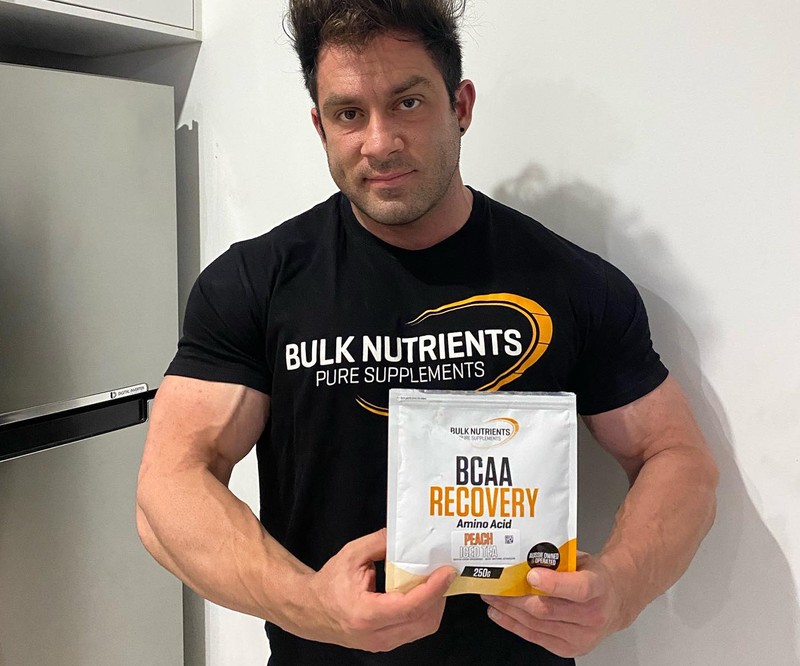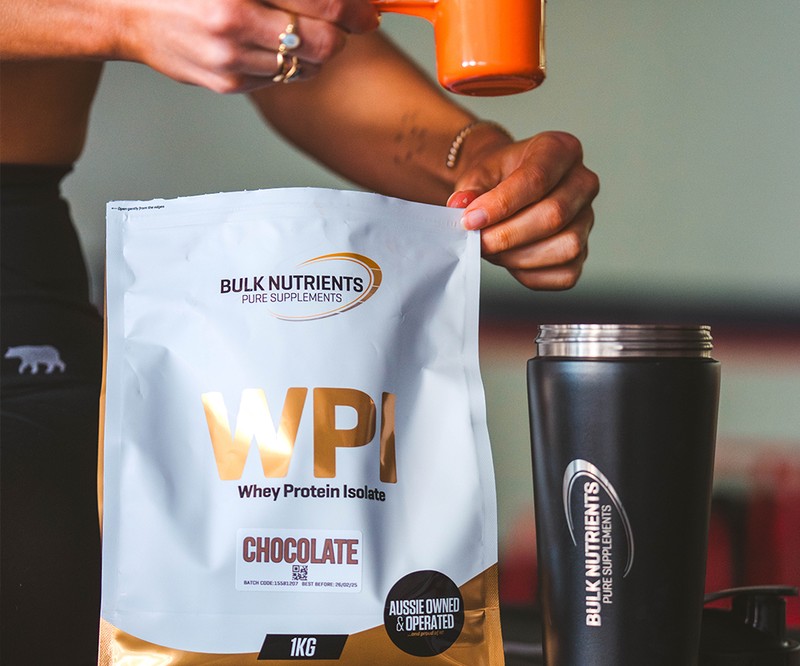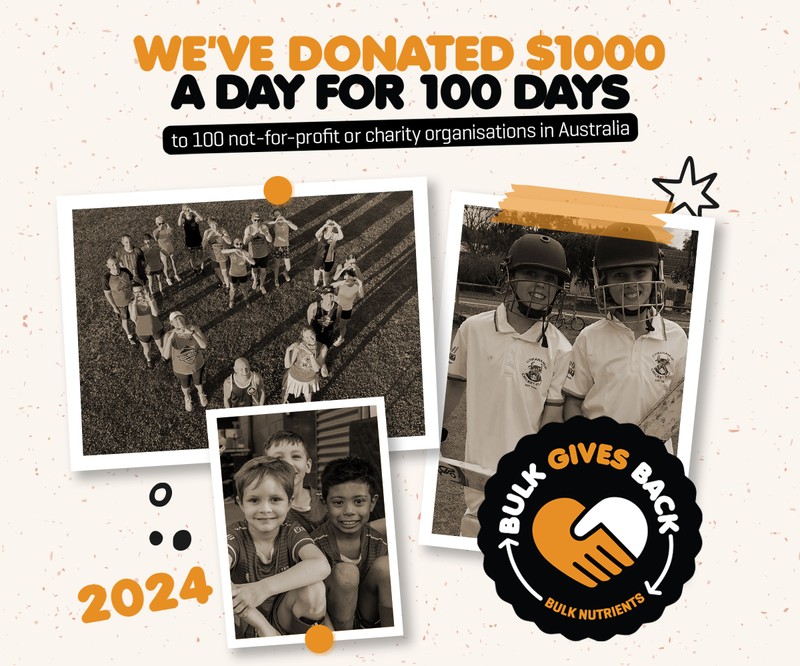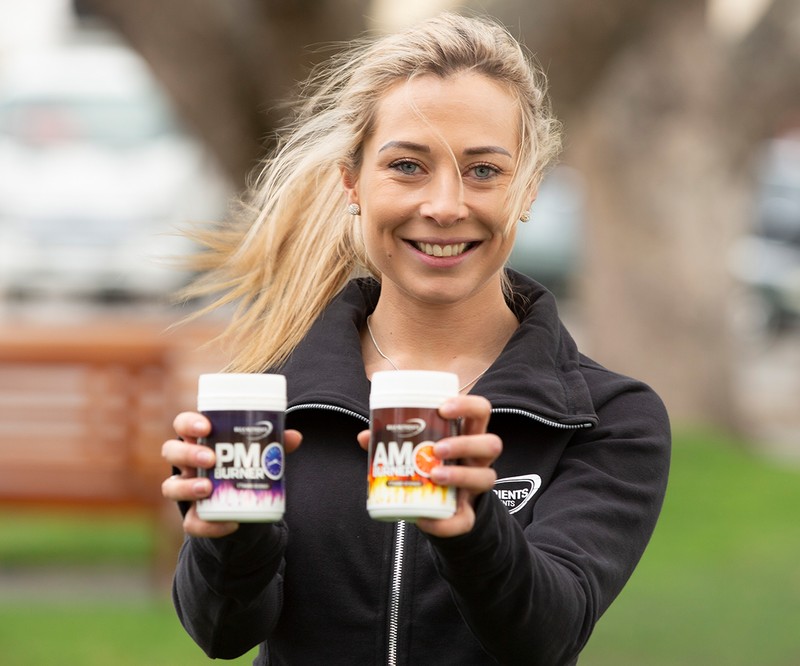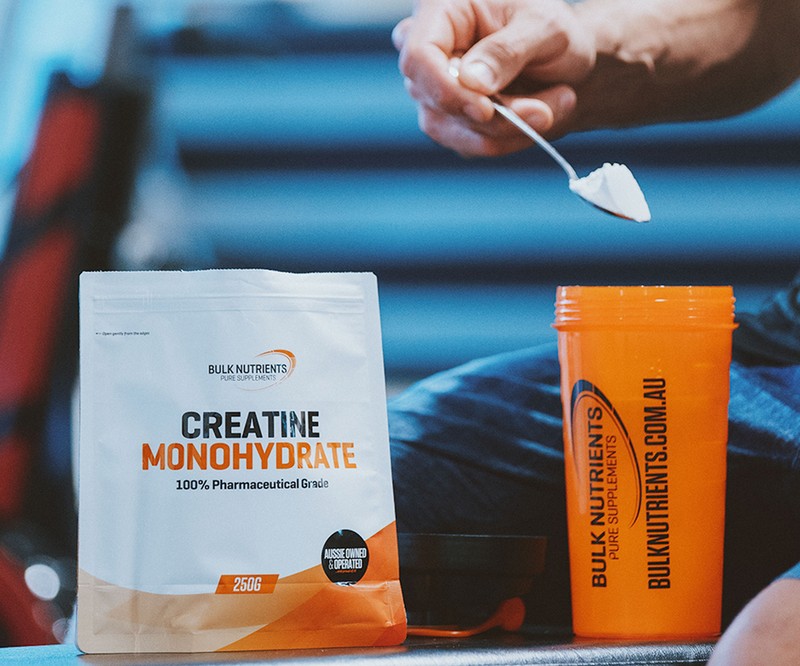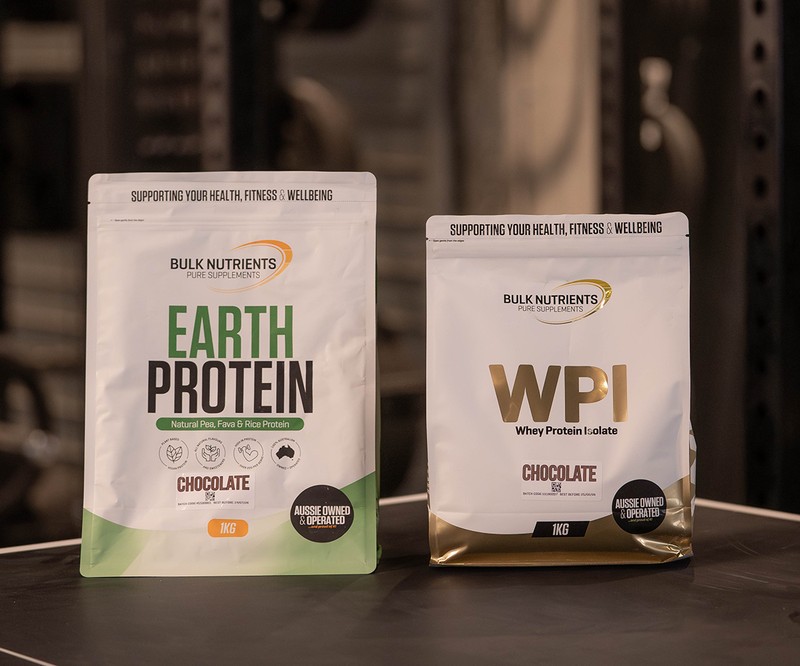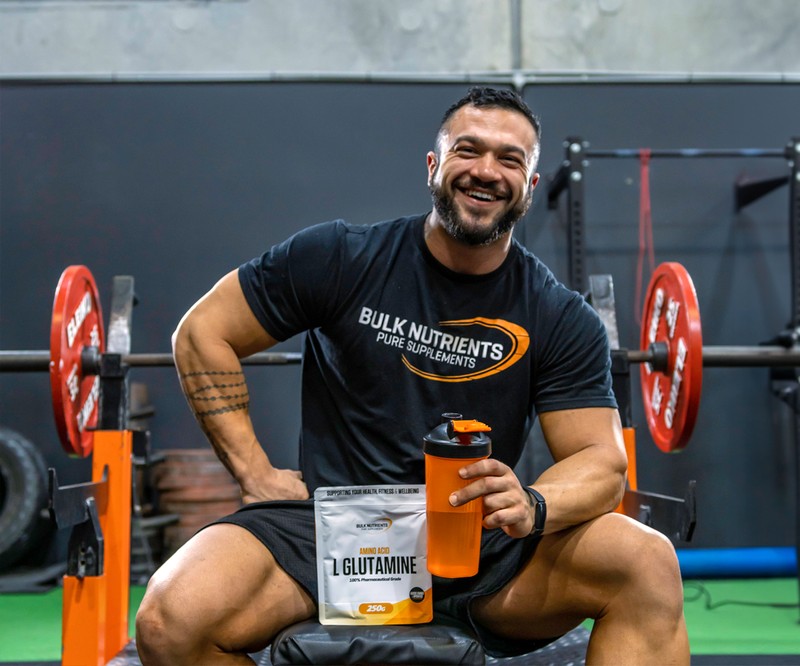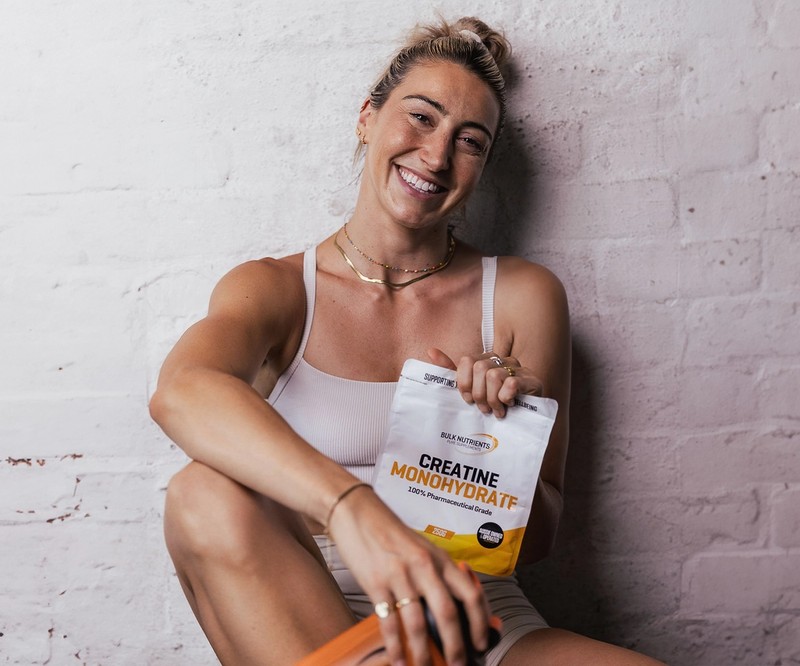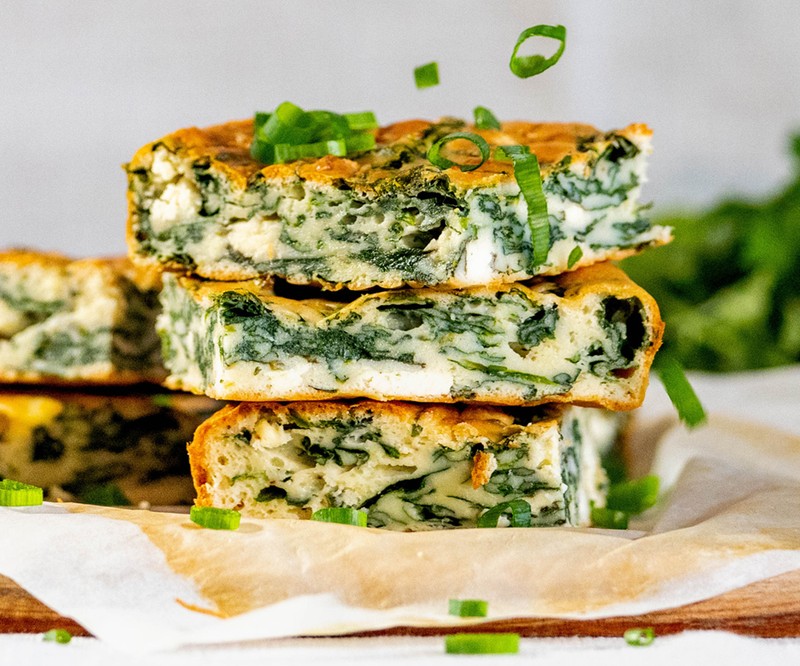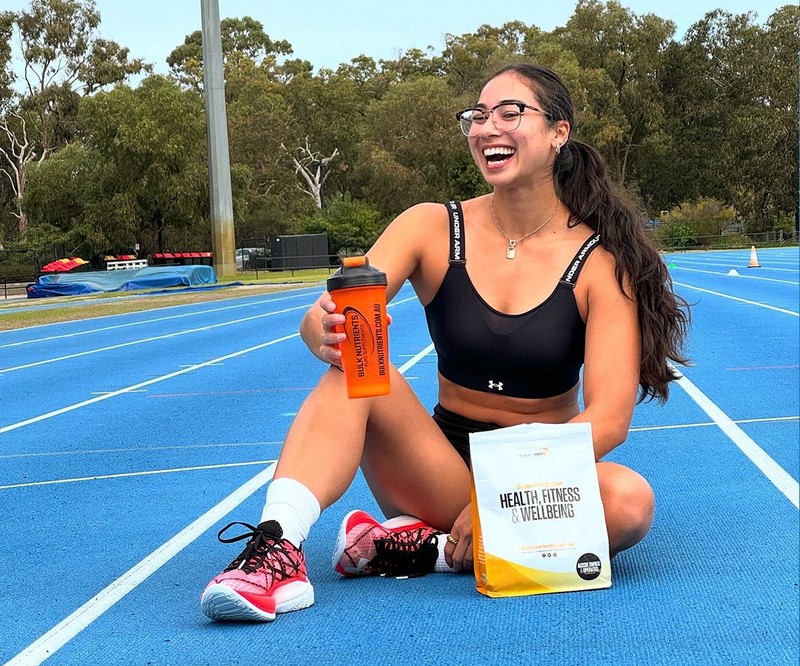Should I Bulk or Cut First?

Bulking and cutting during your fitness journey
Question 1: How long have you been training?
To begin we need to understand how much muscle we can grow naturally within a given amount of time.
Scientists refer to the maximum amount of muscle we can grow as our "ceiling effect."
So when does this kick in?
If you're a male and just starting out, research has found you can gain 9-11 kilograms in the first 6-12 months of training, whilst women can gain roughly half of this. These are referred to as "newbie gains", which sadly don't last forever.
These rapid newbie gains in muscle are due to prolonged levels of muscle protein synthesis. After a novice finishes a workout, they are still building muscle a whopping 50 hours after training! For a comparison (in the same study) muscle protein synthesis stopped at the 36-hour mark for experienced lifters.
The aforementioned cited studies suggest that when you enter your second year of lifting, you can gain around half the muscle you earned in your first year, and about half of that again in year three.
But when does it stop?
Well, leading researchers have said there is no bullet-proof scientific evidence for the real upper limit of natural muscle growth; we don't know exactly what or when that is. But we know it does slow down significantly. Recapping:
- First 6-12 months: Men can gain 9-11 kilograms of muscle, women about half of this.
- Second-year of lifting: You can gain half the amount you gained in your first year
- Third-year of lifting: You can gain half of what you gained in your second year
Let's say you've been training for one year so far; you'd still have another two years where you can grow maximal muscle before hypothetically beginning a cut.
This leads us to question 2: Do you want to have absolute maximum muscle?
If the answer is yes, then obviously train hard for three years given the information above.
If the answer is no, then decide when you're happy with your muscle size. This might be after 1 year, 6 months, 1.5 years, who knows. It's entirely up to you.

Keep in mind during cutting, you're not going to "lose" muscle as much as some experts think. What you're really losing in terms of superficial size is the glycogen content (stored carbohydrates) as you consume fewer calories and thereby carbohydrates.
But the trade-off is whilst muscle "size" is smaller, you look larger from the lack of body fat.
So they are the two main questions.
But you might decide after 1.5 years you want to try a cut and then go back to a bulk. You might want to lose weight for your wedding, or a life event as such.
That's fine. It's just important you know you still have 1.5 years left in the tank of potential muscle growth. Now of course, as natural lifters, we're talking about only minor gains here. But they are gains all the same.
But don't make the mistake of lifting only for 6 months (and not even properly and/or to the best of your ability!) and then start a cut. Once you pull the fat away, you might have wished you built more muscle size. But then again, if you're happy with your muscle growth either way, then I'll keep my mouth shut!
In the perfect world, you would gain muscle for 3 years, start a cut, get down as lean as you can (without destroying yourself) and then find a happy medium between the two, and maintain it for the rest of your life.
But life happens, and this might not be for you.

The bottom line is that before you bulk or cut
Is to ask yourself the two questions: How long have you been training? And do you want to achieve maximum muscle? This will guide your next steps. If you've only been training for a year and want maximum size, then keep bulking for another two years. If you're happy with your muscle size, then start a cut. But whatever you do, make sure you've really trained properly before undergoing a cut, as too many lifters lose weight and wish they'd built a little more muscle. Remember: you never have as much muscle "size" as you think, due to the superficial enlargement of your muscles courtesy of carbohydrates and thus higher calories when bulking.
References:
- Schoenfeld BJ, Contreras B, Krieger J, et al. Resistance Training Volume Enhances Muscle Hypertrophy but Not Strength in Trained Men. Med Sci Sports Exerc. 2019;51(1):94-103. doi:10.1249/MSS.0000000000001764
- Grgic J, Schoenfeld BJ, Davies TB, Lazinica B, Krieger JW, Pedisic Z. Effect of Resistance Training Frequency on Gains in Muscular Strength: A Systematic Review and Meta-Analysis. Sports Med. 2018 May;48(5):1207-1220. doi: 10.1007/s40279-018-0872-x. PMID: 29470825.
- Stokes T, Hector AJ, Morton RW, McGlory C, Phillips SM. Recent Perspectives Regarding the Role of Dietary Protein for the Promotion of Muscle Hypertrophy with Resistance Exercise Training. Nutrients. 2018;10(2):180. Published 2018 Feb 7. doi:10.3390/nu10020180
- Schoenfeld BJ. The mechanisms of muscle hypertrophy and their application to resistance training. J Strength Cond Res. 2010 Oct;24(10):2857-72. doi: 10.1519/JSC.0b013e3181e840f3. PMID: 20847704.


